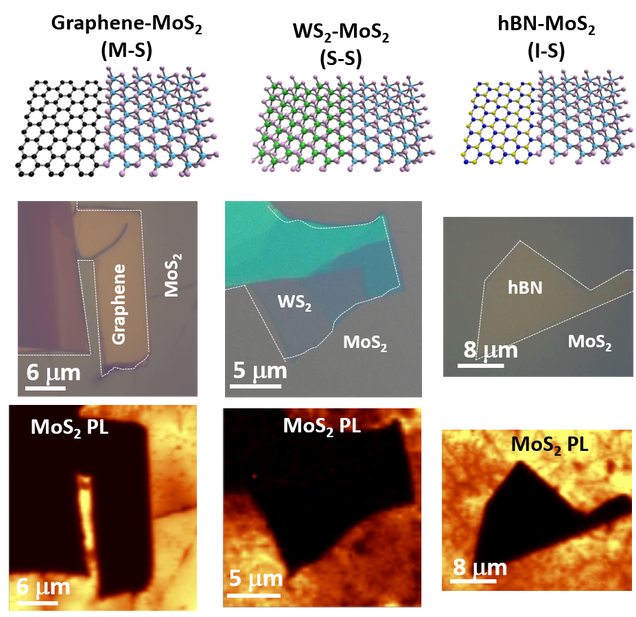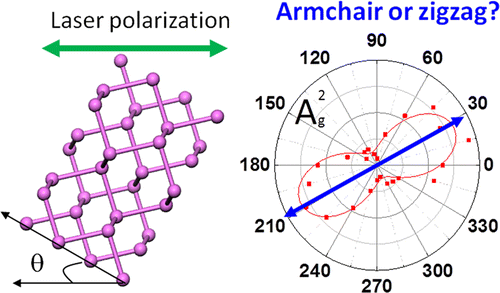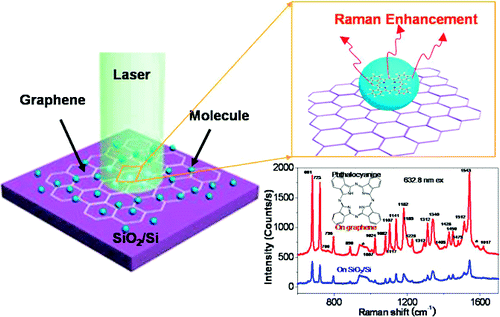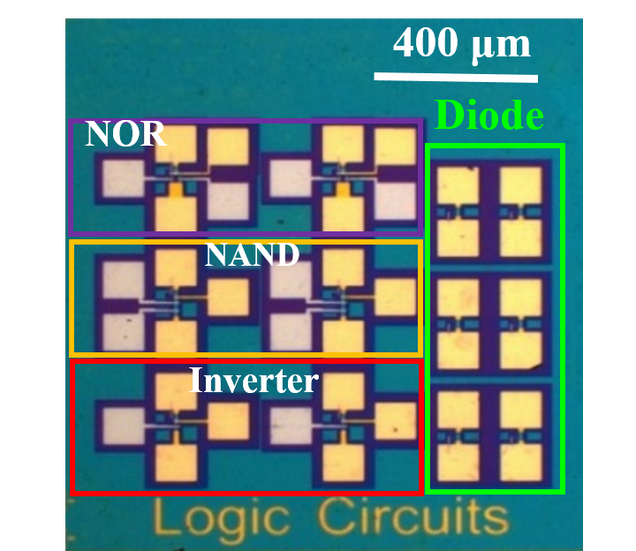Research

The Ling Group focuses their research interests on the fundamental science and applications of nanomaterials and their hybrid structures. Their expertise concentrated on the synthesis of two-dimensional (2D) van der Waals and non-van der Waals materials, their characterization through spectroscopy, and their implementation to develop functional nanodevices. They aim to use their interdisciplinary knowledge to (1) explore an effective method to synthesize functional hybrid nanostructures directly in a controlled manner, (2) reveal the physical nature of such nanomaterials and the interface phenomenon of their hybrid structures using advanced spectroscopy techniques, and (3) develop high performance, multifunctional flexible and transparent devices for energy conversion and chemical sensing. The current research interests in Ling’s group include:
- Synthesis of novel inorganic and organic 2D materials & hybrid structures (including van der Waals layered materials such as graphene, transition metal dichalcogenides (TMDs) and metal organic frameworks (MOFs), and non-van der Waals layered materials such as metal nitrides, carbides, borides and oxides). 2D materials are a group of materials with one or several atomic layers in thickness, providing distinct functions in various applications compared to their bulk forms. Nevertheless, few of them can be synthesized on a surface in a large scale for high performance electronic and optoelectronic nanodevices applications. In particular, the hybrid structures among the 2D materials can provide additional functions for the materials, which allows us to fabricate multifunctional nanodevices based on the controllable structures. Utilizing the various chemistry approaches including chemical vapor deposition (CVD) technique and the chemical conversion strategy we developed recently, we aim to explore effective methods to synthesize various inorganic and organic 2D materials and assemble them in-situ with precious alignment and clean interface.

- Spectroscopic characterization of nanomaterials and nanostructures.
- Spectroscopy techniques (such as Raman spectroscopy, photoluminescence spectroscopy, and absorption spectroscopy) are powerful to study the physical behaviors of materials in-depth, as the light-matter interactions involve the physical particles (such as electron, phonon, exciton and trion) whose behaviors decide the properties of the materials. We aim to reveal the optical, electric and thermal properties of the nanomaterials and nanostructures using multiple spectroscopic techniques combined with other advanced techniques such as microscope, low temperature, electrical field and magnetic field. Besides, we are also interested in manipulating the light-matter interaction in 2D structures through structural engineering (e.g. defects, strain and phase) and coupling with other materials or structures (e.g. plasmonic materials and metamaterials).

- Innovative surface-enhanced Raman scattering (SERS) techniques for diverse chemical sensors.
- Our previous research has shown that 2D materials as SERS substrates offer numerous advantages for the quantitative micro species sensing. This project is to better understand the interaction between molecules and 2D materials to reveal the mechanisms for Raman enhancement on 2D materials. Combining 2D materials with other functional structures, we aim to craft innovative SERS techniques for highly sensitive chemical sensing in diverse systems including food safety, disease diagnosis, and environmental monitoring.

- Nanodevices for optoelectronics.
- Controllable synthesis of the functional 2D materials and their heterostructures in a large scale allows us to fabricate nanodevices with integrated functionality. Utilizing the diverse functional 2D materials and hybrid structures we prepared, we are interested in applying them into ubiquitous electronic and optoelectronic devices (such as FETs, electrochromic devices, solar cells, and LEDs).
